-
×
-
×
-
×
-
×
-
×
-
×
-
×
Subtotal: £287.48

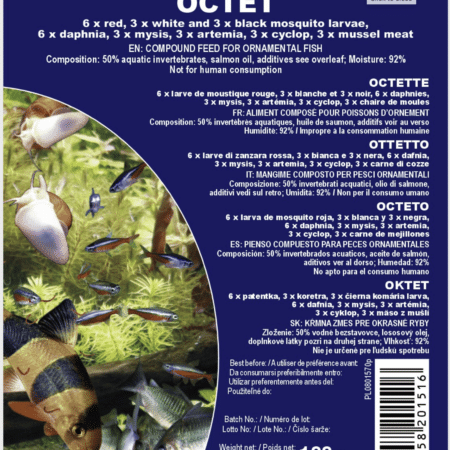
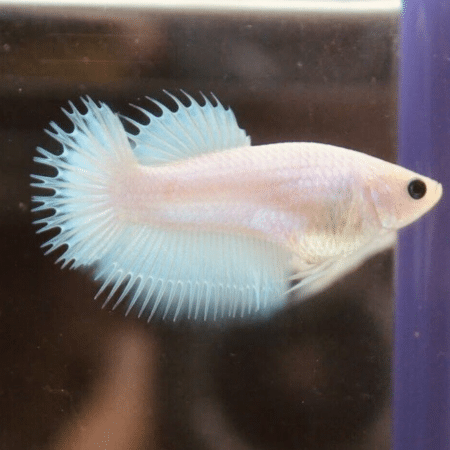
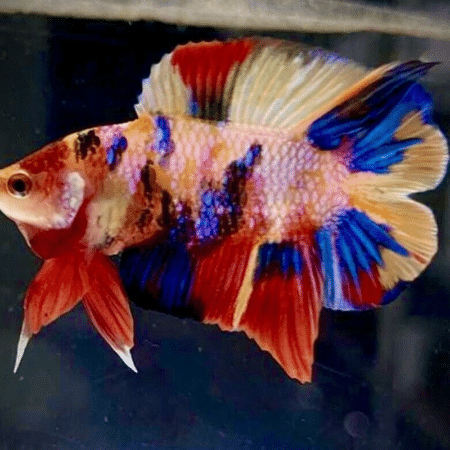
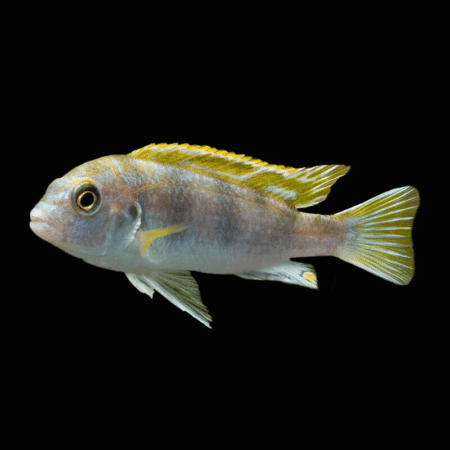
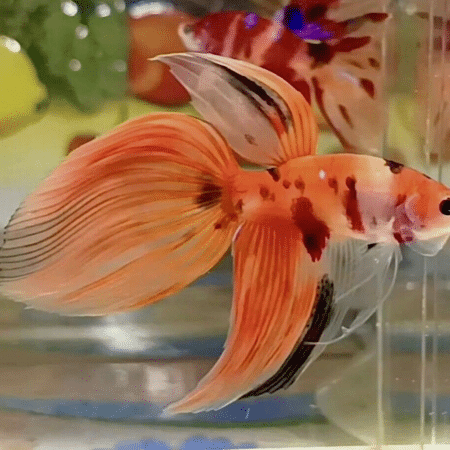
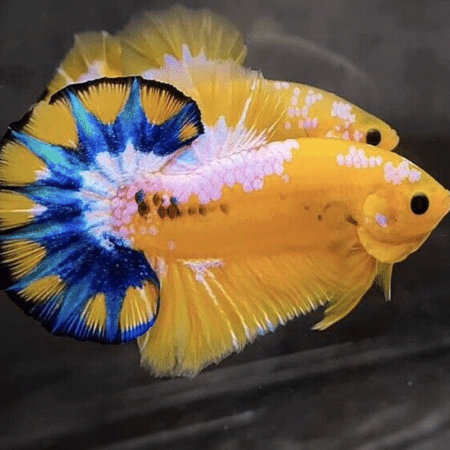
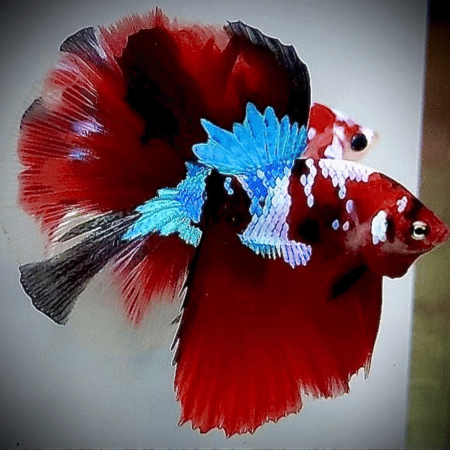
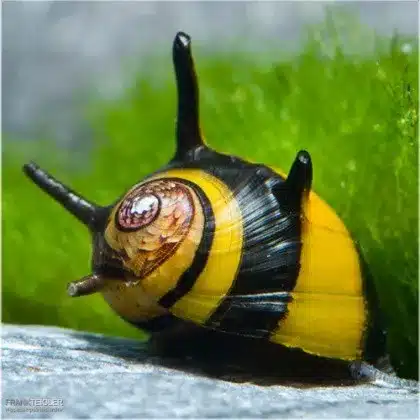
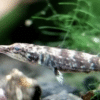










Emily Carter (verified owner) –
I’ve been keeping freshwater fish for over five years now, and incorporating the Zebra Thorn Nerite Snail (Clithon diadema) into my tank has been a game-changer! After just two weeks, I noticed a significant reduction in algae growth on my tank walls and decorations. These charming little snails are not only effective algae eaters, but their striking zebra pattern adds a beautiful touch to my aquarium!
What I love most is their peaceful nature; they get along with my fish and don’t disturb the plants at all. Unlike some other algae eaters I’ve tried, these nerite snails are low maintenance and seem to thrive in various water conditions. Just ensure you have some calcium in the water to keep their shells healthy! My only minor concern was a bit of initial shyness; they took a few days to come out of their shells, but now they’re always busy munching on algae.
I highly recommend these snails to anyone looking to enhance their freshwater tank! They not only contribute to a cleaner environment but also bring joy with their unique appearance. I’ll definitely be getting more of these wonderful Nerite snails in the future!
Emily Carter (verified owner) –
I’ve been an aquarium enthusiast for over five years now, and I can confidently say that the Zebra Thorn Nerite Snail (Clithon diadema) is a fantastic addition to any peaceful community tank! I added two of these little guys to my 20-gallon setup about a month ago, and they’ve been doing an incredible job at keeping algae at bay. Their charming patterns and gentle demeanor add character to the tank while providing essential algae control. I’ve noticed a significant decrease in algae buildup on my plants and tank walls, which has made my aquarium look so much healthier and vibrant!
What I love most about these nerite snails is that they are safe to keep with my fish and shrimp, which can’t be said for some other algae eaters. Plus, they’re easy to care for! Just make sure they have plenty of calcium in their diet for healthy shell growth. The only minor concern I had initially was their tendency to occasionally climb out of the tank, but it’s manageable with a secure lid. I highly recommend these snails for both beginners and seasoned aquarists alike. They’re such a joy to watch and incredibly beneficial for tank health!